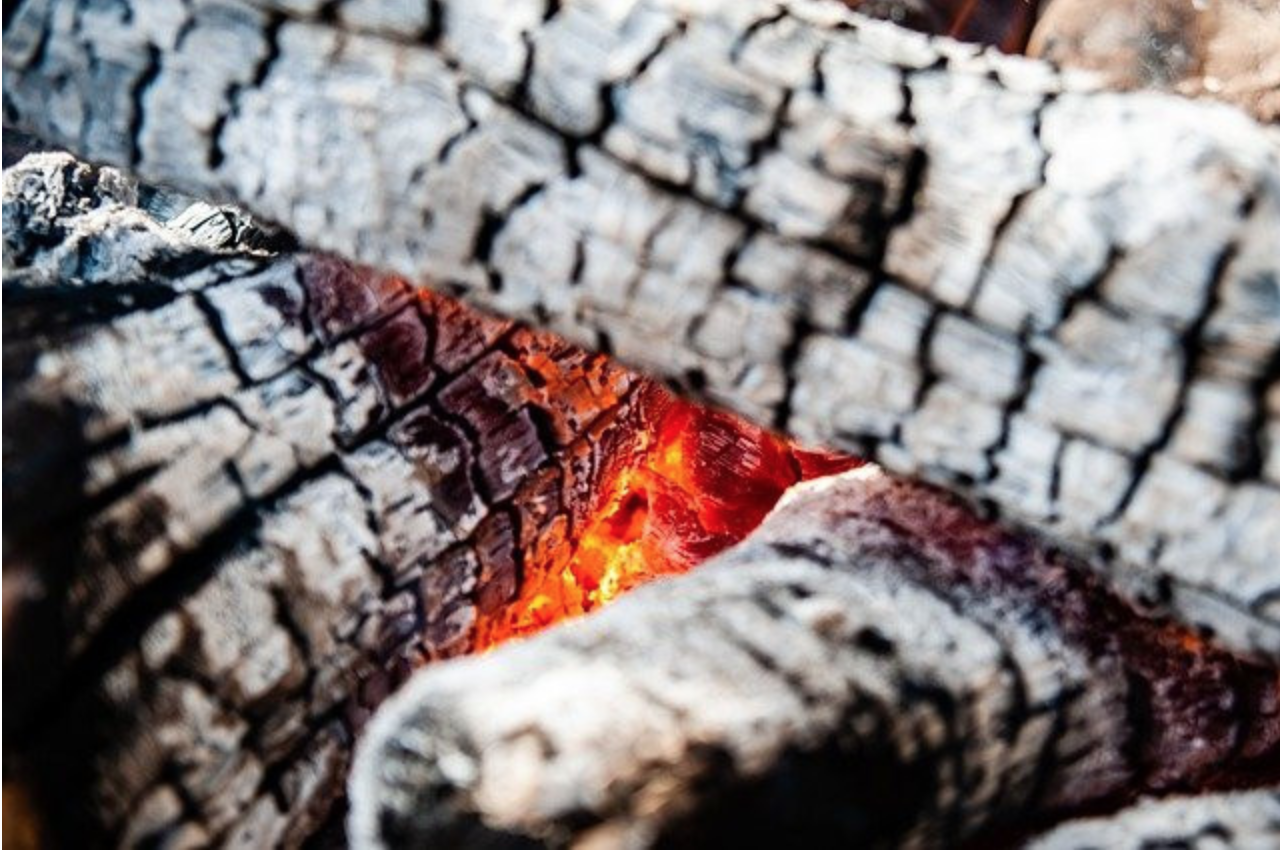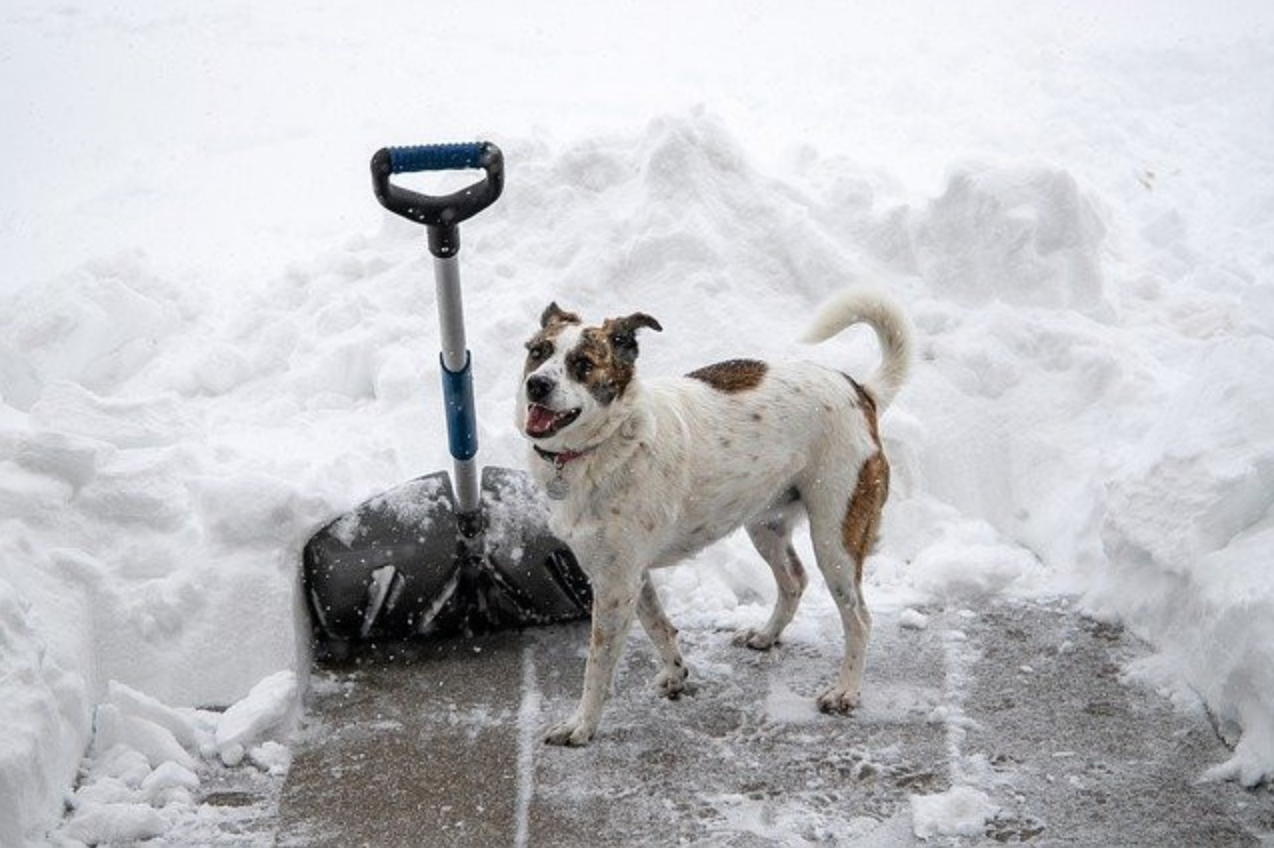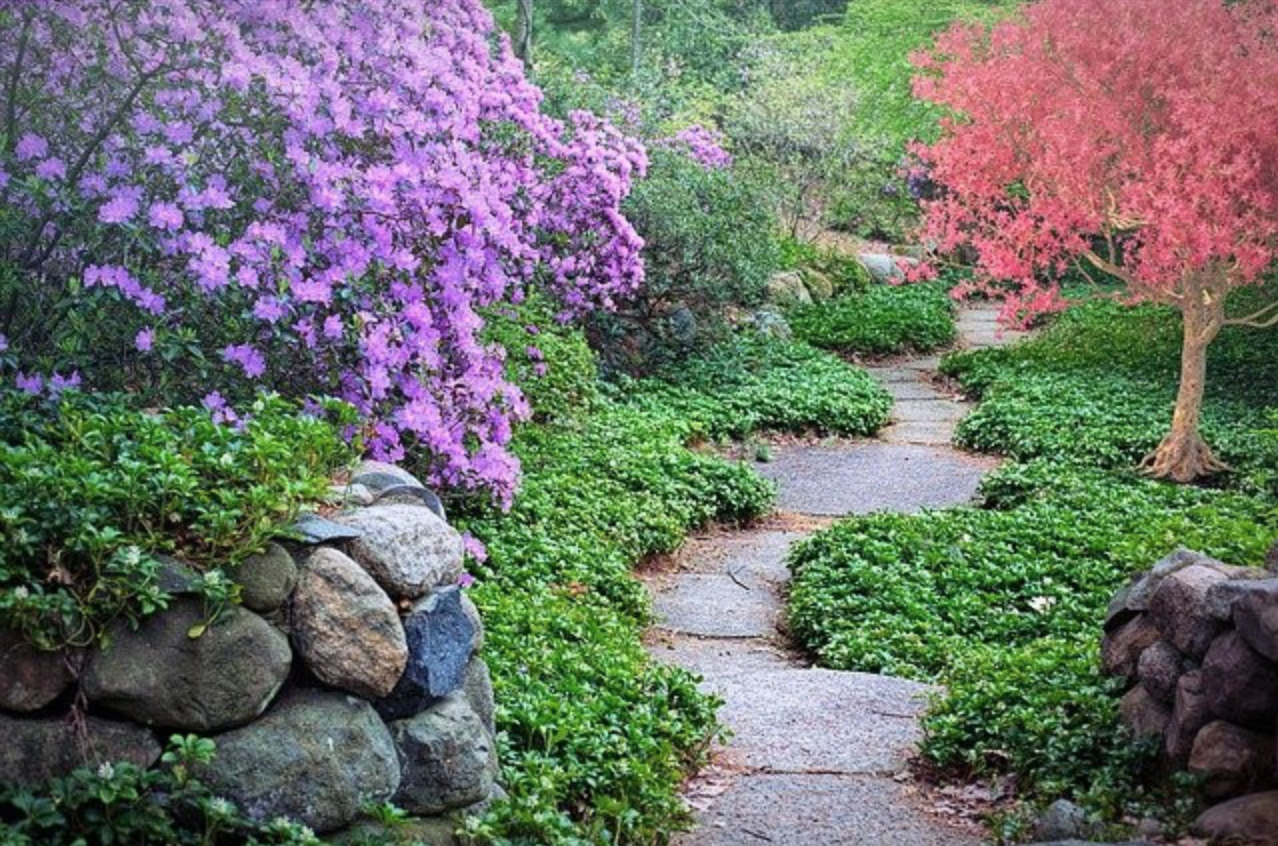Treehouses are exciting, and they offer plenty of opportunities for kids and adults alike. However, all cities, counties, and states have local building codes for most structures. These codes might make you worried about whether treehouses are illegal.
Treehouses are legal in all states, though they must abide by a handful of laws and regulations. All treehouses have to be built on private property that you own, as you can’t build a treehouse in any random tree you come across. The treehouse can’t cause fire hazards or cross property lines.
In this post, I’ll show you everything you need to know about the rules of building treehouses. I’ll also explain when and where you’re not can’t build treehouses.
Treehouse Building Laws and Regulations
Treehouse building laws and regulations require you only to build treehouses on your own property. Building a treehouse in the middle of your neighborhood or on public land is usually a violation of the law. Whether or not you need a permit to build a treehouse depends on its location, size, and intent.
Follow these laws and regulations when building treehouses:
- The Treehouse Shop claims your permit-free treehouse has to be less than 10 sq m (32 sq ft), but this rule can vary from city to city. If your treehouse is bigger than your local building code’s limits, you’ll have to get a permit. Treehouses that are too large can topple the tree.
- You’ll need a permit if you want to add water lines, HVAC systems, plumbing, or electricity to the treehouse. This turns the treehouse into a livable space, which has completely different laws and regulations. It also requires electrical codes, plumbing codes, and more.
- The treehouse can’t cause visual obstructions in the neighborhood. If your neighbors complain, it can cause all sorts of problems. For example, your treehouse can’t cast massive shadows across a neighbor’s yard or prevent them from seeing anything beyond the property line.
- If you intend to live in or rent out your treehouse, you’ll need a permit and local approval. Much like running plumbing and electrical lines through the treehouse, living in it will change it into a livable space. You’ll likely have to register it at your address and have a contractor approve your work before taking either of these steps.
- The treehouse can’t pose a fire risk. If your treehouse is built on a dead or diseased tree, you’ll likely have to take it down. Furthermore, if it’s unlevel and pulling the tree in a different direction, you’ll need to make the necessary modifications. Your treehouse can’t touch power lines and telephone poles, either.
How Close To a Property Line Can I Build a Treehouse?
Treehouses can often be within 10’ (3 m) or more away from a property line. Property lines include shared fences and lines agreed upon in your home’s blueprints. The edge of the treehouse can’t be less than 10’ (3 m) from the line. You can’t build on a tree that’s centered at the 10-foot mark.
According to The Treehouse Guide, most regulations require treehouses to be no taller than 13’ (4 m) from the ground to the top of the treehouse. These measurements prevent the treehouse from obstructing the neighborhood or crossing the property line limits.
If you plan on building a treehouse next to the property line, and your neighbors are jerks, you might need to contact the city for approval. This way, your neighbors can’t say anything later.
Can I Build a Treehouse In the Forest?
You can’t build a treehouse in the forest because it’s public land. Treehouses built in forests can cause danger to neighboring animals and structural problems for the tree. They can also increase the likelihood of fire hazards and view obstruction for people visiting the forest.
Treehouse Pros recommends avoiding building treehouses anywhere on public land, including forests, neighborhoods, and anywhere in between. You should always contact local authorities before drawing up the blueprints for a treehouse. Failure to do so will likely cause fines and other problems with local law enforcement.
Main Reasons You Can’t Build a Treehouse in the Forest
Here’s why you typically can’t build a treehouse in forests, wetlands, BLM land, and other public lands:
- Local governments can’t guarantee that you’ll build a safe treehouse. If something happens to the treehouse or it injures a visitor, the responsibility falls on the forest’s caretakers. You’ll definitely bare some of the responsibility, but it’s not worth the hassle and potential harm it could cause to other people.
- Building a treehouse in a forest is considered vandalism. You’ll nail and build all over the tree, not to mention the branches and leaves you’ll need to remove to mount the treehouse. Vandalism is a serious offense, regardless of where you build your treehouse. Damaging national forests and state forests can lead to jail time.
- Treehouses can damage the trees they’re built on. Unless you know every tree detail, including its tensile strength and weight capacity on each branch, it’s impossible to prevent small cracks and other damage. This process eventually kills the tree, which could’ve served as a home for numerous local wildlife.
- Many treehouses are fire hazards because they’re built with several flammable materials. The wood you build with, paint, lacquer, oil, and other materials will scorch the forest if they catch on fire. This point ties in with the fact that the local government will have to take responsibility for a poorly built treehouse.
- Most public forests are supposed to remain untouched natural environments. This rule means you have to pack everything that you bring into the forest. There’s no way anyone can bring a treehouse into a forest, then bring it out when they’re done using it the same day.
Florida Grandmother Ordered To Leave Illegal Treehouse Home
This video goes over an example of a treehouse in Florida that was deemed illegal.
Final Thoughts
While treehouses are often designed for fun, breaking local laws and building codes can land you a hefty fine. As long as you follow the aforementioned suggestions, you shouldn’t have to worry about getting in trouble with the law while building a treehouse. Don’t forget to contact your neighbors if you intend to build a treehouse right next to a property line.
Related Posts:




